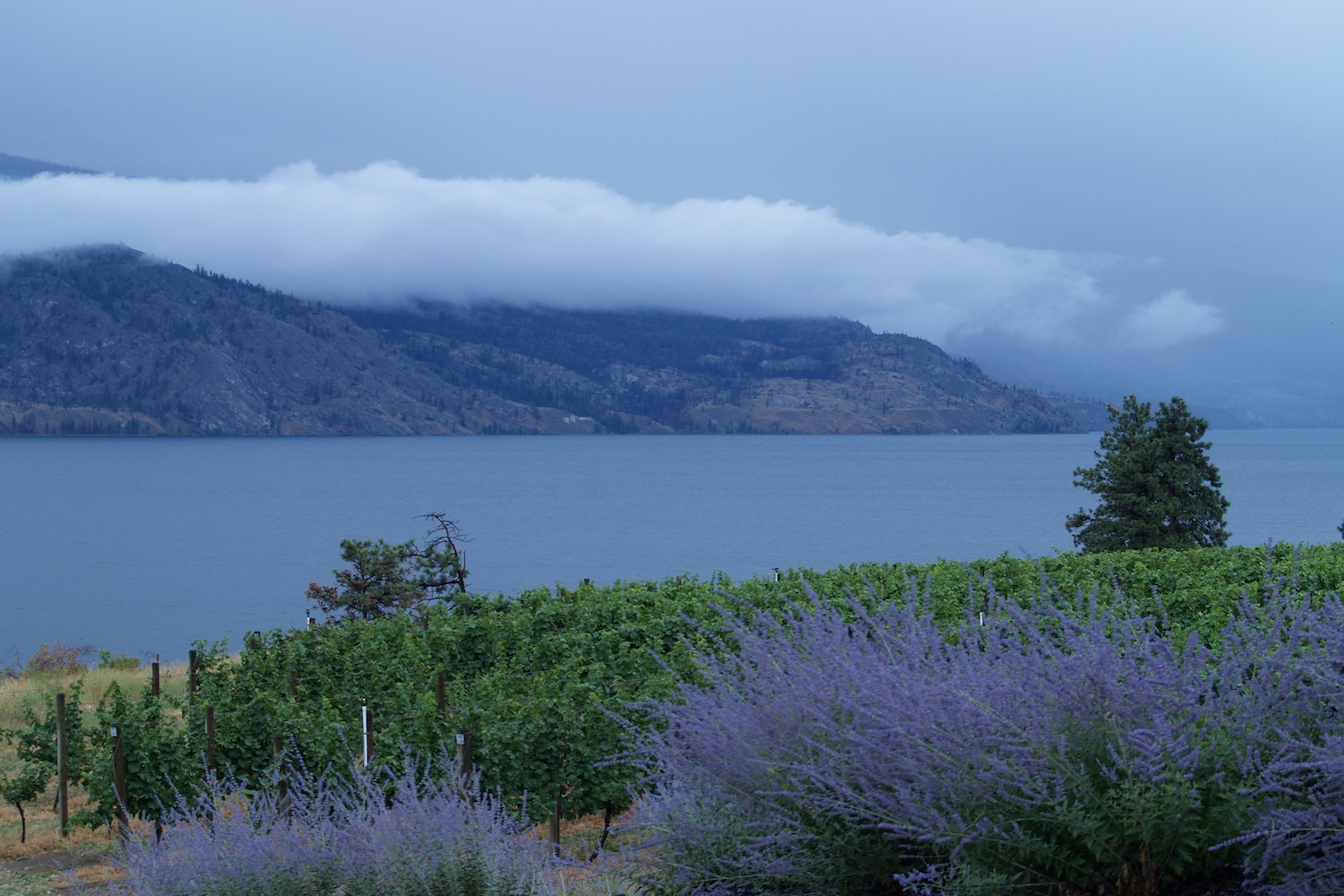Canada is big. Really big. And has hundreds of thousands of lakes. Over 100,000 in Manitoba alone, according to the Canadian Broadcast Corporation. At least a few of these lakes have their own monsters.
The most famous one, Canada’s Nessie, is the Ogopogo of Lake Okanagan in British Columbia. I’ll talk about her in another article. Here, let’s look at some of the less celebrated monsters.
We have no idea how many actual lake monsters there are. So much of Canada is wilderness, and the population in much of the rest is thin. Even if people are seeing strange things in remote lakes, we may not be hearing about them.
It’s not just colonizers imposing their own myths and legends on the lands they’ve taken, bringing tales of the water horse and the kelpie to the so-called New World. First Nations peoples told stories of strange things in the water. Maybe they were (or are) animals unknown to science. Maybe they were (or are) spirits. Or maybe they’re real.
Canadian lake monsters in general fall into a couple of categories. One is a long, snakelike, undulating creature. The Ogopogo is one of these. So is Cressie, in Crescent Lake in Newfoundland, and the Manipogo of Lake Manitoba. These may be large eels.
The other kind of lake monster is a shorter, stockier creature with a heavier body and sometimes flippers. Lake Superior’s Mishipeshu is unusually aggressive and has been known to capsize boats—including, it’s said, the Edmund Fitzgerald. Mishi is scaled and vaguely saurian, and appears in a precolumbian petroglyph with the head of a lynx and the body of a snake. She might be a prehistoric survivor, a living dinosaur. Or she might be an enormous, prehistoric-looking fish.
The Turtle Lake Monster is smaller than Mishi but fairly similar in type. It’s eight to ten feet long, dark in color, and possibly scaled, though it might be smooth-skinned, with a head like a horse or a dog. It could be a seal or a large otter, though an interesting and very Canadian suggestion is that it’s a moose. That would explain the color, the ambiguous texture, the hump, and the horselike head.
Moose are strong swimmers and will take to the water to get from here to there. If you’re looking out over the lake and see the head and the hump, you might see a lake monster instead of a large herbivorous mammal. That may explain the noises the monster is said to make, as well: Moose can make grunting sounds when they swim.
Another possibility is a sturgeon. They’re mostly bottom feeders, but they can and do rise up to the surface. They breach like whales, fly straight up into the air. They can easily swamp a boat.
Both moose and sturgeon are huge. Even if they’re not aggressive, if you’re out on the water and get in their way, they can be dangerous. If you see them from a distance, especially in poor light, they may look even bigger, and take on a mythic quality. They’re real and literal monsters.
